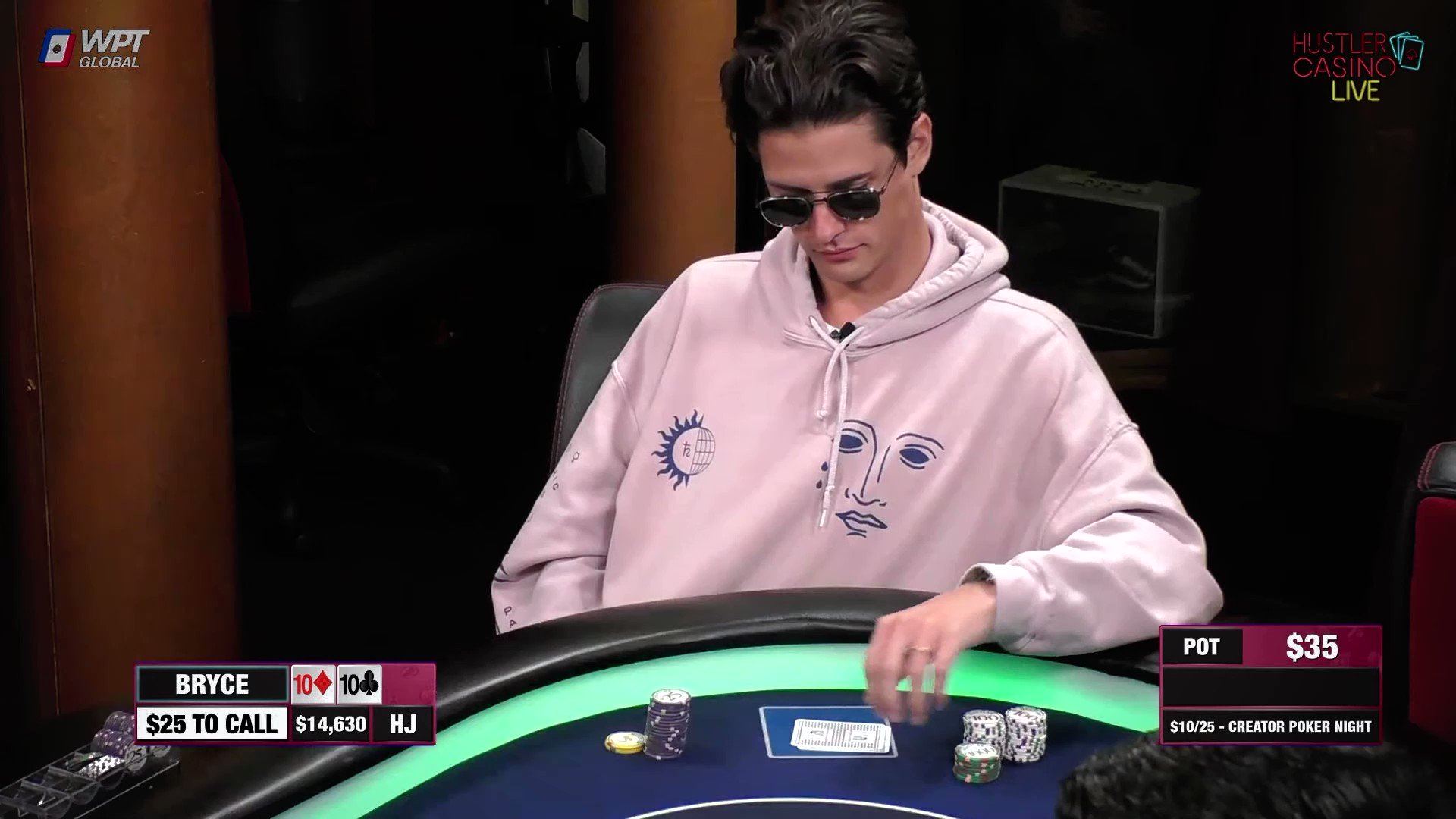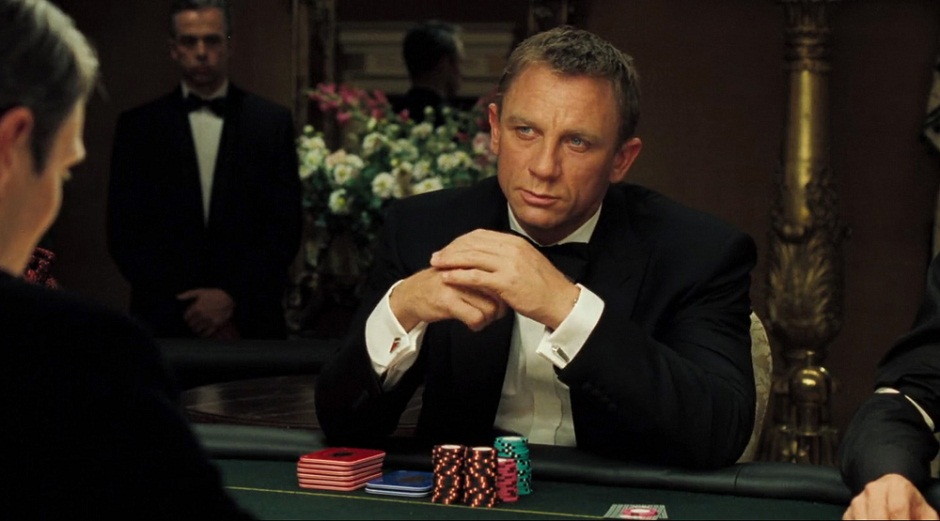
Common mistakes to avoid when bluffing:
Bluffing can be a high-risk and high-profit strategy in online poker. However, some mistakes can reduce its effectiveness or even lead to significant losses. Avoid these common bluffing mistakes:
Bluffing too often: Excessive bluffing can lead to predictability and exploitation by observant opponents. Bluff sparingly and strategically.
Bluffing against free players: Bluffing against free and aggressive players can be risky, as they are more likely to call or raise. Choose your goals wisely.
Bluffing on wet boards: Wet boards with many potential draws can make it difficult to successfully bluff. Assess the texture of the board before trying to bluff.
Ignoring table image: Your table image plays a crucial role in the success of your bluffs. If you have a reputation as a tight-fisted player, your bluffs may be met with skepticism.
Inability to adapt: Adapt your bluffing strategy to the changing dynamics of the game. Be flexible and ready to adjust your approach when necessary

Tips for successful bluffing in online poker
Bluffing in online poker requires skill, timing and a deep understanding of the game. Here are some valuable tips to help you improve your bluffing skills:
- Watch Your Opponents: Pay close attention to your opponents’ play style and tendencies. Look for patterns of behavior that will help you understand when they might be vulnerable to bluffing.
- Choose the right table: Choose tables with less experienced or prone to fold players. Bluffing is usually more effective against narrow and cautious players.
- Control your image: Create a solid image at the table by mixing your play style. Show strength with strong hands and sometimes bluff with weak hands to keep opponents guessing.
- Use position to your advantage: Bluffing from late position gives you more information about your opponents’ actions, which makes it easier to bluff successfully.
- Start small and gradually increase the bets: Start with small bluff bets to gauge the reaction of your opponents. If they keep backing off, you can gradually increase the size of your bluff bets to get more rewards.
- Consider Board Texture: Consider the community cards on the table and how they might affect your opponents’ hands. Bluffing becomes more effective when the board is unfavorable for strong hands.
- Avoid predictable patterns: Vary your bluffing frequency and bet size so your opponents can’t detect your bluffing tendencies. Unpredictability is the key to successful bluffing.
- Be patient: Don’t try to bluff if the conditions aren’t right. Be patient and wait for the right moment for an effective bluff.
Do you also want to tear down big banks?
Fly the game together with us!


 jekiss_x?chat
jekiss_x?chat apdhelp
apdhelp +380663699671
+380663699671
 jekiss_x?chat
jekiss_x?chat
 @apdhelp
@apdhelp
 +380663699671
+380663699671
